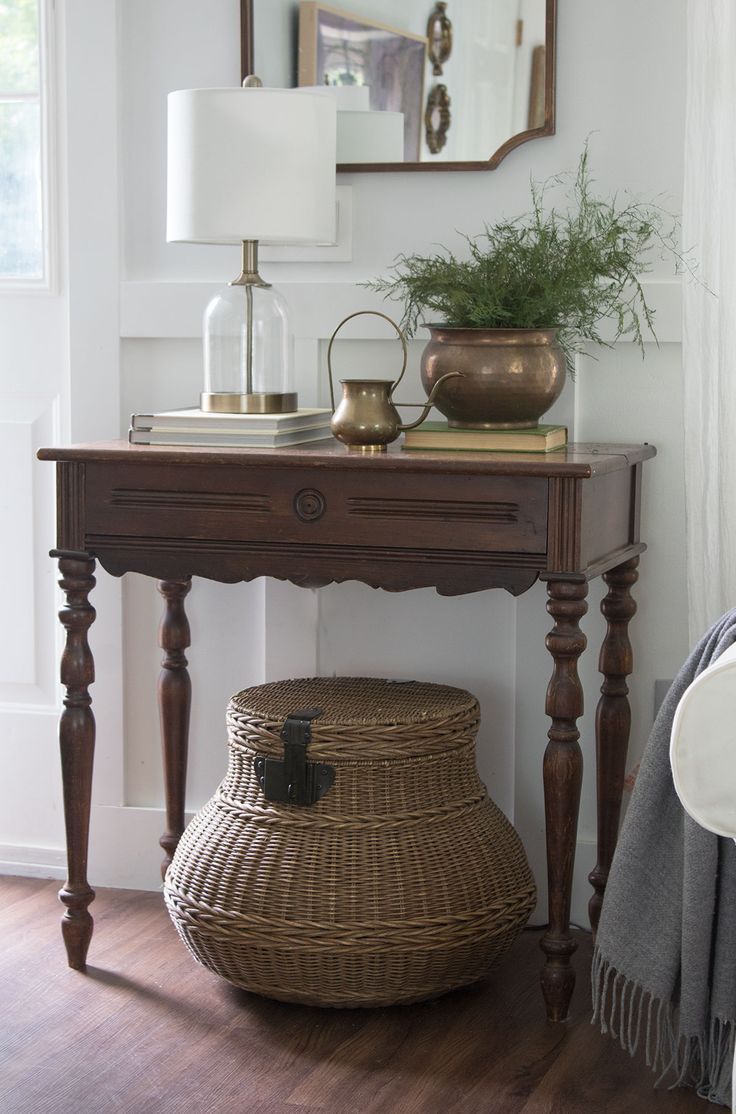
Antique furniture refers to furniture pieces that are at least 100 years old and are typically of high quality craftsmanship and materials. These pieces are often valued for their historical and aesthetic significance, as well as their rarity and uniqueness. Antique furniture can encompass a wide range of styles and periods, from ornate Renaissance pieces to sleek Art Deco designs. Collectors and enthusiasts of antique furniture appreciate the intricate details and skilled techniques used in creating these pieces, such as hand-carved woodwork, inlaid marquetry, and intricate upholstery. Owning antique furniture can add a sense of elegance and sophistication to a room, as well as a connection to the past. Preserving and caring for antique furniture is essential to maintain its value and beauty, including regular dusting, polishing, and avoiding exposure to sunlight and excessive moisture. Whether used as functional pieces or decorative accents, antique furniture continues to be cherished and sought after by those who appreciate the craftsmanship and history behind each piece.
Antique furniture holds a special place in the hearts of many collectors and interior design enthusiasts. These pieces evoke a sense of history and craftsmanship that is often missing in modern furniture. The beauty of antique furniture lies in its unique designs, intricate detailing, and quality materials that have stood the test of time. These pieces can add character and charm to any home, creating a visually appealing and timeless aesthetic.
One of the key benefits of incorporating antique furniture into your home is the sense of authenticity and individuality it brings. These pieces have a story to tell, a history that adds depth and interest to a space. Whether it’s a beautifully carved wooden armoire or a delicate Victorian side table, each piece has its own personality and charm. Antique furniture can also serve as a conversation starter, sparking discussions about where it came from, who owned it, and how it found its way into your home.
Another advantage of antique furniture is its sustainability. By purchasing and using antique pieces, you are contributing to the preservation of our cultural heritage and reducing the demand for new furniture production. This not only helps to minimize the environmental impact of furniture manufacturing but also ensures that these beautiful pieces continue to be appreciated and enjoyed for generations to come. Antique furniture is also a sound investment, as these pieces tend to increase in value over time. Whether you are a seasoned collector or simply looking to add a touch of history to your home, antique furniture is a versatile and enduring choice that will never go out of style.
 Decoration Ideas
Decoration Ideas










